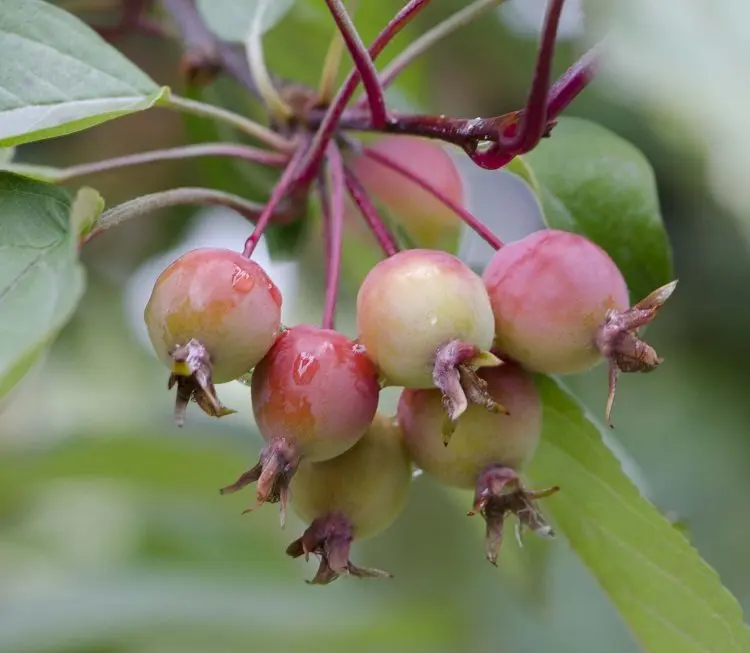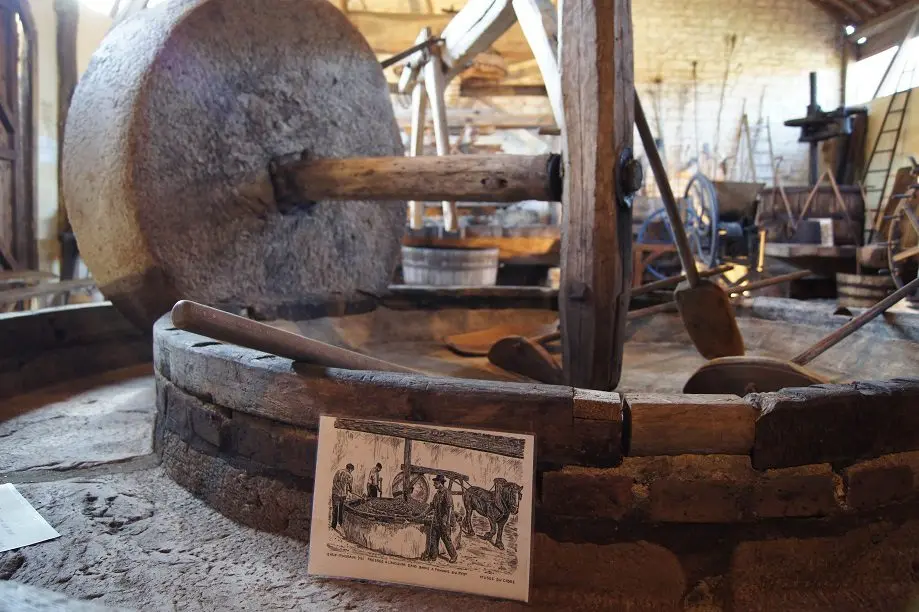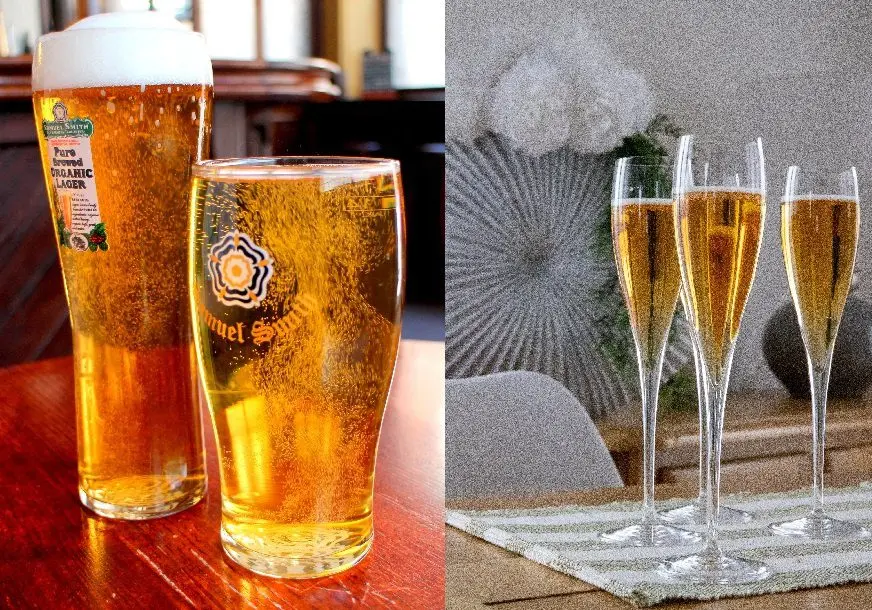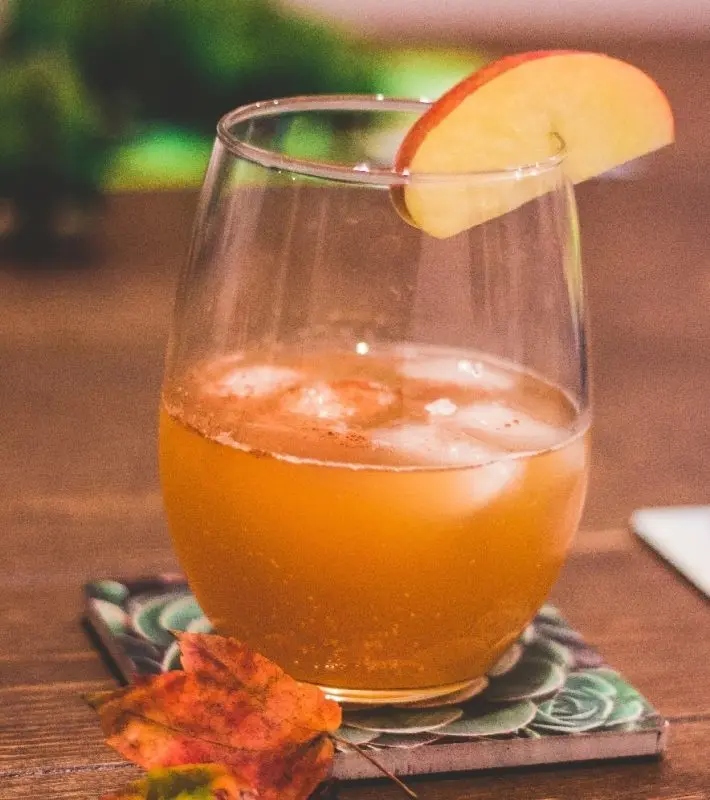Cider is a low-alcohol drink (usually 2-8 degrees strong) made from the fermented juice of certain types of apples. Already in the Middle Ages, it was widespread in northwestern Europe and the Middle East. Due to historical traditions, the top countries in terms of cider consumption include Great Britain, France and Spain. In Russia, the drink is gradually gaining popularity — in 2019, sales grew by 11,11% compared to last year, and the share of craft brands on store shelves increased. Let’s talk about how cider is produced and with what they drink.
Types of cider
The popularity of cider in the Middle Ages is understandable. It was very simple to make an intoxicating drink – only water and the so-called crab apples were required, which could be collected on the outskirts of the forest. The fruits of wild apple trees were practically inedible due to the high acid content, but they were excellent for mash. The crab apple distribution area is limited to the northern part of Europe, so styles and technologies were formed under the influence of available raw materials.

Industry standards do not yet exist. In the UK, the climate is cooler, so traditional English ciders are drier than French ciders, where the fruit naturally picks up more sugar. Currently, the industry uses culinary apples with a high content of tannins and high acidity – Granny Smith, Gala, Fuji, Jonagold. In Russia, cider makers practice buying crops from abandoned orchards.
Pear cider is called perry or poiret. The drink is in high demand in the UK, where the climate and soil are suitable for growing wild pears. The fruits have a higher content of fructose, tannins and phenolic compounds, which ultimately affects the taste of perry – it is less aromatic and more sweet.
How cider is made
The traditional production technology does not provide for the use of yeast, since those on the surface of the peel are quite enough for fermentation. For this reason, the fruits are not washed, but immediately crushed. In the old days, stone presses were used, which were driven by hand or by horses. In modern factories, special equipment is used for this. The resulting cake is placed under a press to squeeze out the juice, then the wort is filtered and placed in fermentation tanks.

The workshops are kept at 14-16°C to slow down the fermentation, minimizing the loss of fresh apple flavor. Sometimes specially bred strains of cider yeast are added to the wort at this stage for more intense carbonation. After maturation, the cider is pumped into a clean aging tank and air is restricted to prevent bacteria from entering. The process of manufacturing premium varieties takes an average of three years.
Classic perry is hard to find even in the countries that are known as the birthplace of the drink. The traditional recipe calls for the wild pear Pyrus pyraster, which is difficult to grow. The fruits must be harvested by hand before they ripen and then kept in a dark room until ripe. Otherwise, the technology differs little, but problems with raw materials are the reason that factories mass-produce drinks from concentrated juice, and real perry is produced mostly by craft cider makers.
How to drink cider and what to eat
A good cider can bring a lot of pleasure, so it is important to know how to serve it and what to eat. One of the main rules is not to chill the bottles too much. The cold acts as an anesthetic on the taste buds, so it will be difficult to feel the fruity bouquet. The optimal serving temperature is +10–14 °C, and some experts recommend evaluating the taste of a drink at room temperature in order to better feel the apple or pear shades.
You don’t have to treat cider like beer and drink it from a bottle. Champagne glasses are the best choice for tasting, as they retain bubbles and aroma longer, and the thin stem will ensure that the drink does not get warm from the heat of the hand. Also suitable are beer “pints” in the form of a tulip or a tall glass with an extended top, such a serving is practiced in bars.

Different types of cider are always tasted in order. Tasting sequence:
- Classic from wild apples.
- With herbal supplements (hops, fir, lavender).
- Aged in oak barrels.
- Perry, cisers (apple cider with honey), fruity quince, apricot or cherry.
- Pommo (a mixture of anchors and brandy).
The high sugar content also suppresses the taste buds, so it’s a good idea to start with dry varieties and then work your way up to sweeter ones.
Gastronomy
The appetizer for cider depends on the type of drink. Perry goes well with low-fat sea or lake fish dishes, but for mackerel or salmon, a semi-dry cider made from a mixture of wild and garden apples is the best choice.
Cheeses should be treated with caution – Camembert and Cheddar are fine, but the combination of the drink with Roquefort can be disappointing. It is better to drink spicy dishes with dessert apple cider, and with fried meat, ham and sausages, you should try dry varieties.
British producers are sure that ciders are categorically not suitable for Italian cuisine and recommend combining drinks with pork, chicken, meat salads, as well as shortbread or rich apple pies.
cider cocktail
If you want to feel the atmosphere of medieval England, try Depense, a cocktail that the British liked to drink after a hard day’s work. Combine 2 parts cider and 1 part ginger beer in a pitcher, add chopped apple and refrigerate for 4-6 hours. For preparation, choose a container with a lid so that the drink does not run out of steam.










